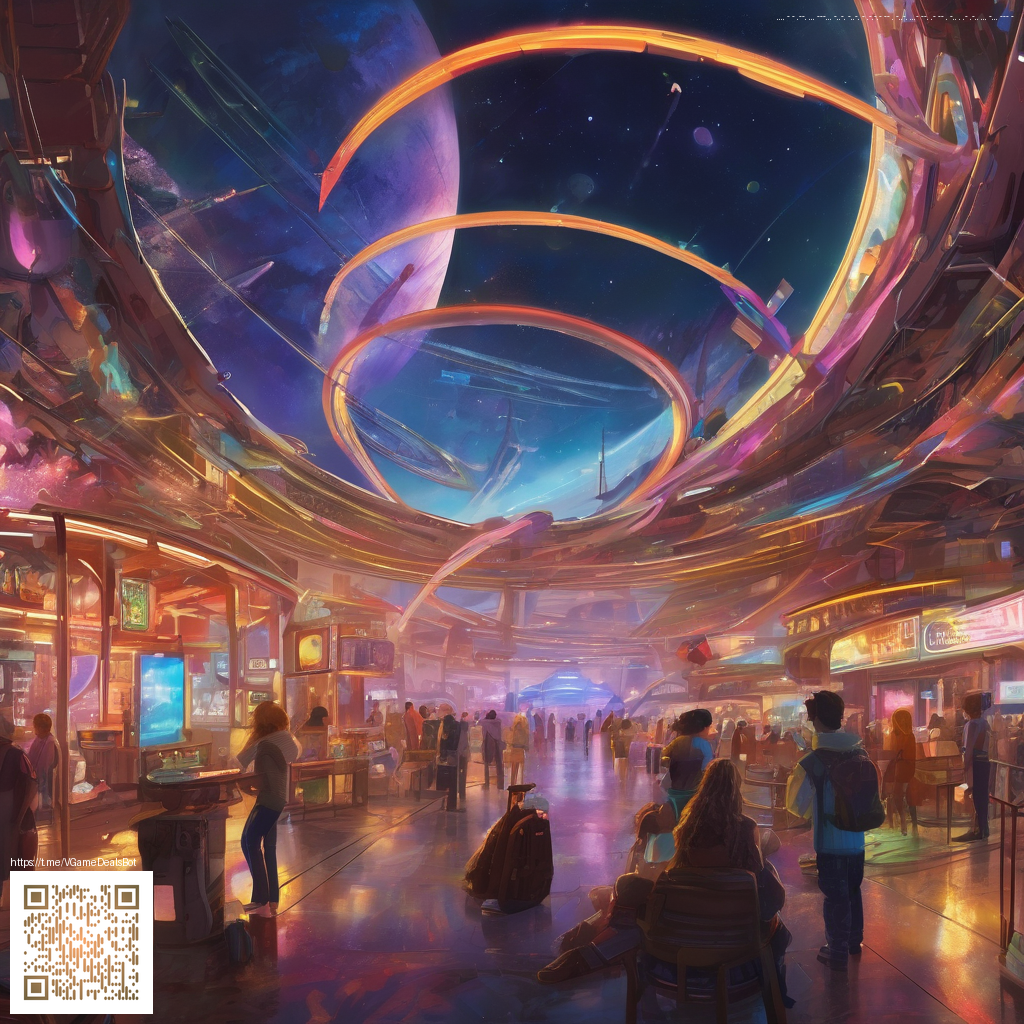
Why Twitch Turned Horror into Streaming’s Spotlight
Horror on Twitch didn’t simply arrive with a loud scream; it grew through an ongoing conversation between streamers and their audiences. Live horror thrives on the immediacy of the moment—the moment when a jump scare goes off, or when a chilling sound cue drips through the headset and the chat erupts with theories, bets, and reactions in real time. This dynamic transforms fear from a solitary feeling into a collaborative experience, where the audience helps pace suspense, sets expectations, and even nudges the streamer toward riskier, more immersive setups.
“In live horror, the fear is shared, not solved. The audience becomes a co-author of the tension, guiding the pace and amplifying the thrill.”
Consider the way audiences crowd into a suspenseful sequence, not to be passive observers but to actively influence what happens next. The streamer reads comments, responds to impulses, and sometimes leans into the crowd’s fear meter—whether it’s by turning up the lighting, muting the mic at a crucial moment, or triggering a scare through a well-timed audio cue. The result is a visceral, unpredictable experience that no scripted video can replicate. That unscripted quality is core to why horror content has exploded in the streaming era.
What makes live horror on Twitch so compelling
- Real-time feedback: Viewers shape pacing and intensity with the speed of a chat message, creating a living, breathing pulse to every scene.
- Social phenomenon: Laughter, gasps, and suspense are shared rituals that strengthen community bonds around a channel.
- Creative experimentation: Streamers test new formats—co-op scares, audience-led decisions, and live soundscapes—to keep the genre fresh and unpredictable.
- Accessibility and variety: From indie horror titles to VR experiences, Twitch makes a wide spectrum of fear accessible, encouraging experimentation beyond traditional narrative approaches.
Formats that dominate horror streams
Across the platform, certain formats consistently draw crowds. Reaction playthroughs pair a tense moment with a streamer’s candid response, turning a single frame into an extended, page-turning moment of suspense. Co-op titles invite audience participation, where viewers contribute ideas that steer the story’s beats. Interactive elements—sound triggers, lighting cues, and even chat-driven decisions—create layered experiences where the audience isn’t merely watching a story unfold but actively shaping its twists.
Developers and publishers have noticed the halo effect, too. A well-timed scare or a clever use of space and sound on a live stream can convert casual viewers into loyal followers, and casual viewers into buyers—extending horror’s reach beyond the screen into the broader creator economy.
Creator setup as a storytelling tool
The aesthetics of a streamer’s desk and backdrop contribute to the narrative. Lighting, color schemes, overlays, and peripheral choices all become part of the storytelling toolkit. For streamers who want to craft a distinct, immersive vibe, peripheral choices matter as much as on-screen action. For instance, peripherals that echo a neon, high-contrast aesthetic can help maintain a consistent mood across frames and scenes. For streamers looking to elevate their on-screen presence, peripherals that match a neon aesthetic can sharpen the look. The Neon Desk Mouse Pad — customizable one-sided print, 0.12in thick — has become popular among creators, pairing well with bold overlays and lighting. Learn more on the product page: Neon Desk Mouse Pad.
Beyond visuals, audio design carries just as much weight. Sudden silence, a whispered cue, or a looming ambient track can all trigger dread in ways that text alone cannot. Streamers who coordinate with moderators to manage chat noise and who pre-emptively test sound levels tend to deliver cleaner, more immersive scares. In this sense, horror streaming is a holistic craft that stitches together visuals, audio, and social dynamics into a single, nerve-wracking experience.
Practical takeaways for creators and brands
- Experiment with audience-driven pacing. Give viewers control over certain decisions to intensify engagement and anticipation.
- Balance safety with tension. Use clear warnings when content becomes intense to protect sensitive viewers while preserving atmosphere.
- Invest in consistent aesthetics. A cohesive look across lights, overlays, and peripherals helps establish a channel’s unique mood and brand identity.
- Collaborate with others. Crossovers and raids can expand your horror ecosystem, introducing new reactions and ideas that keep content fresh.
As horror streams grow smarter about collaboration and interaction, creators have a powerful opportunity to turn fear into a shared adventure. The result isn’t just scarier streams—it’s a more connected audience experience that fosters loyalty, conversation, and community identity.
How to navigate this space thoughtfully
With the potential for high engagement comes responsibility. Clear content guidance, accessibility considerations, and respectful chat moderation help ensure that the thrill remains enjoyable for a broad audience. Horror doesn’t have to rely on shock value alone; it can build genuine suspense and camaraderie through well-timed interactivity, thoughtful production choices, and a strong sense of community.